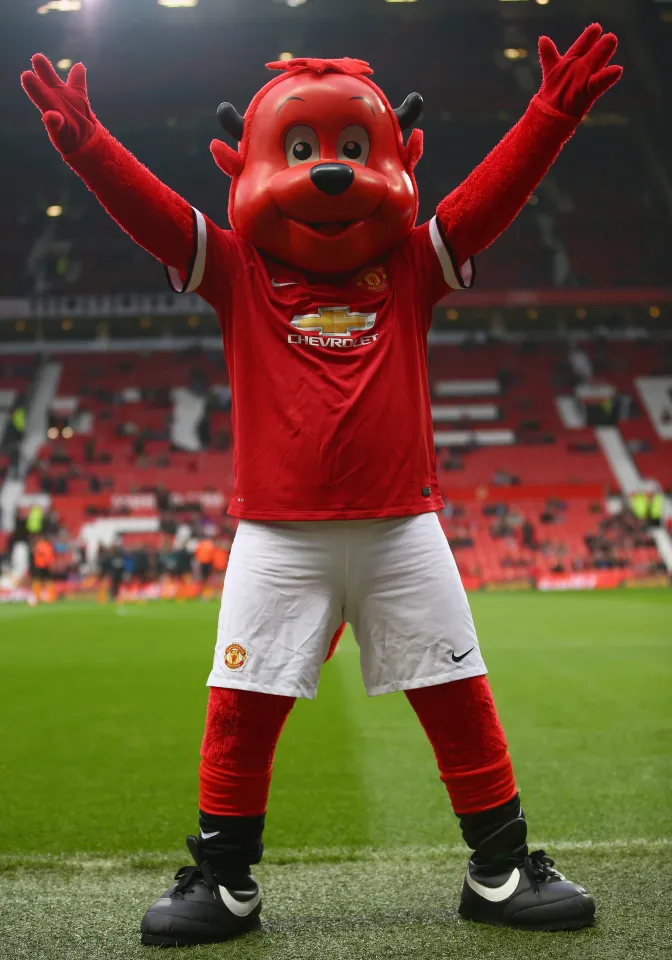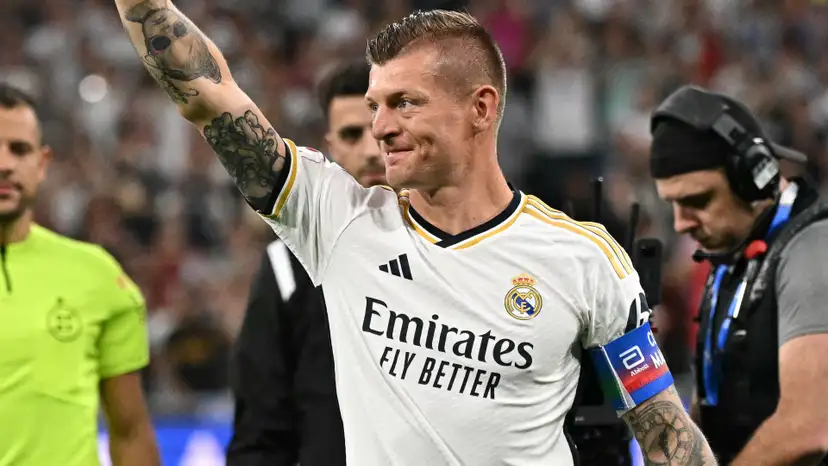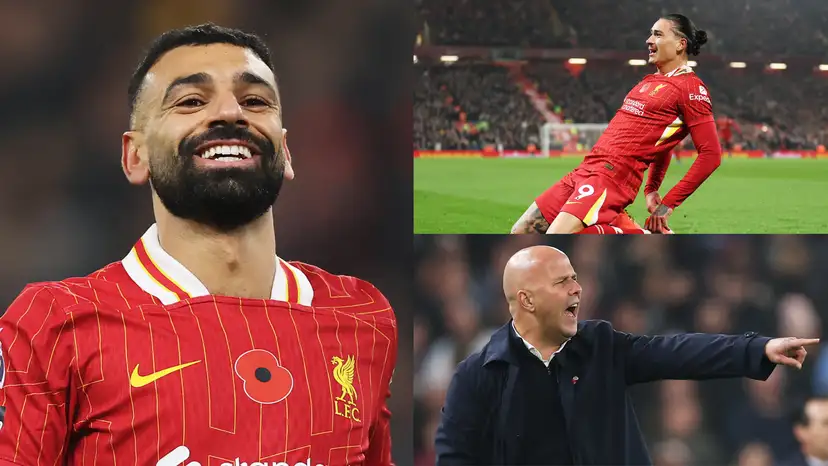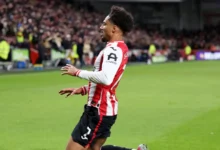
Mascots are a normal sight in football. They wave to fans, dance near the touchline, and pose for pictures with children before kick-off. Everyone sees them, yet few stop to think about what they actually mean to a club. Behind every oversized head and costume is a purpose, to represent something deeper than fun and laughter.
In the past, mascots were only about entertainment. They filled the gaps before matches and gave kids something to smile about. But today, they are part of how a club presents itself to the world. From social media to sponsorship events, mascots have become an active part of a club’s identity and marketing strategy. In modern football, their role now stretches beyond the pitch. They bring families closer to the club, strengthen its image in the community, and even boost commercial appeal. A good mascot unites emotion, branding, and culture, all through one costume.
At their core, mascots are non-verbal ambassadors. They speak through gestures and presence, connecting with fans of all ages and languages. The way they move, celebrate, or comfort fans says something about the club’s character. The mascot embodies the club’s story in a way words often cannot. The most important job of a mascot is to connect with people. Football is emotional, and mascots help soften that edge by making the sport feel more welcoming. They are the first link between the club and its youngest fans, the children who may not yet know tactics or rivalries but understand joy, excitement, and belonging. When a mascot hugs a child or dances with fans, it creates a simple but lasting bond.
Inside the stadium, mascots are part of the atmosphere. They wave flags, lead chants, and celebrate goals in ways that make the experience feel alive. When tension builds, they can ease it with humour or energy. They give fans something familiar to smile about, no matter the scoreline.
Beyond matchdays, mascots take the club into the wider community. They visit hospitals, schools, and charity events, turning a football brand into something human and kind. When a child in a hospital room meets a mascot wearing their favourite club’s colours, it brings comfort and pride. These small moments build loyalty and trust that last for years. The mascot may not score goals or lift trophies, but in many ways, it wins something more valuable, hearts. Through simple gestures and presence, it helps keep the connection between club and community alive.
Mascots are also a key part of how a football club presents itself to the world. They are living symbols that carry history, identity, and commercial value all at once. Most mascots reflect something about the club’s story or nickname. Arsenal’s Gunnersaurus represents the “Gunners,” while Manchester United’s Fred the Red reflects the club’s colours and fighting spirit. These characters turn a club’s badge or nickname into something fans can see, touch, and remember.
For clubs, mascots are valuable marketing tools. They appear on merchandise, posters, and adverts, giving the brand a friendly face that appeals to both children and adults. A well-designed mascot can sell shirts, toys, and collectibles that strengthen fan attachment and generate steady income. They are not just a source of laughter on matchday, they are part of the business model that helps clubs grow globally.
In the modern era, mascots have also found a new stage online. Through social media, they take part in challenges, create funny videos, and join in with global trends. This gives clubs a more human, relatable image and helps reach new audiences who may never visit the stadium. Whether they are dancing on TikTok or joining pre-match interviews, mascots make clubs feel approachable and fun, which is vital in a world where attention is everything. Beyond the marketing and smiles, the mascot plays a small but meaningful role inside the team itself. Players often greet the mascot before a match, and that brief exchange can ease nerves or build confidence. The sight of a familiar figure representing the club’s values can remind everyone of what they are playing for.
Each mascot design also says something about its club. Swansea’s Cyril the Swan mirrors the city’s working-class pride, while Gunnersaurus has become a symbol of loyalty for Arsenal fans after decades of appearances. These mascots carry tradition in physical form, keeping history visible and alive for each generation of supporters.
Behind the costume, there is also discipline. The person inside must stay in character, stay professional, and remember they represent the club every moment they are seen. It is not just about dancing or waving, it is about protecting the club’s image through behaviour and consistency. In many ways, the mascot is a silent storyteller. It expresses humour, pride, and resilience without saying a word. It helps fans see their club’s personality, reminding them that football is not only about winning, but also about identity and joy.
Mascots rarely make headlines, yet they hold a constant presence in every matchday and community event. Through simple actions, cheering, waving, and interacting, they perform a complex role that touches every part of a club’s identity. They build emotional bridges between players and fans, help sell the brand beyond the pitch, and make young supporters feel like part of something bigger.
A mascot does not score goals or make tackles, but its influence lasts as long as those that do. It stays with the club through generations, representing loyalty, humour, and connection. In a sport driven by numbers and results, mascots remind everyone that football is still about people, feelings, and shared moments.
While managers craft tactics and stars take the spotlight, the mascot quietly keeps the spirit alive. It brings warmth to the business side of the game and gives a face to tradition. That is why, in every chant, every photo, and every child’s first trip to the stadium, the mascot remains the unsung heart of the club.








